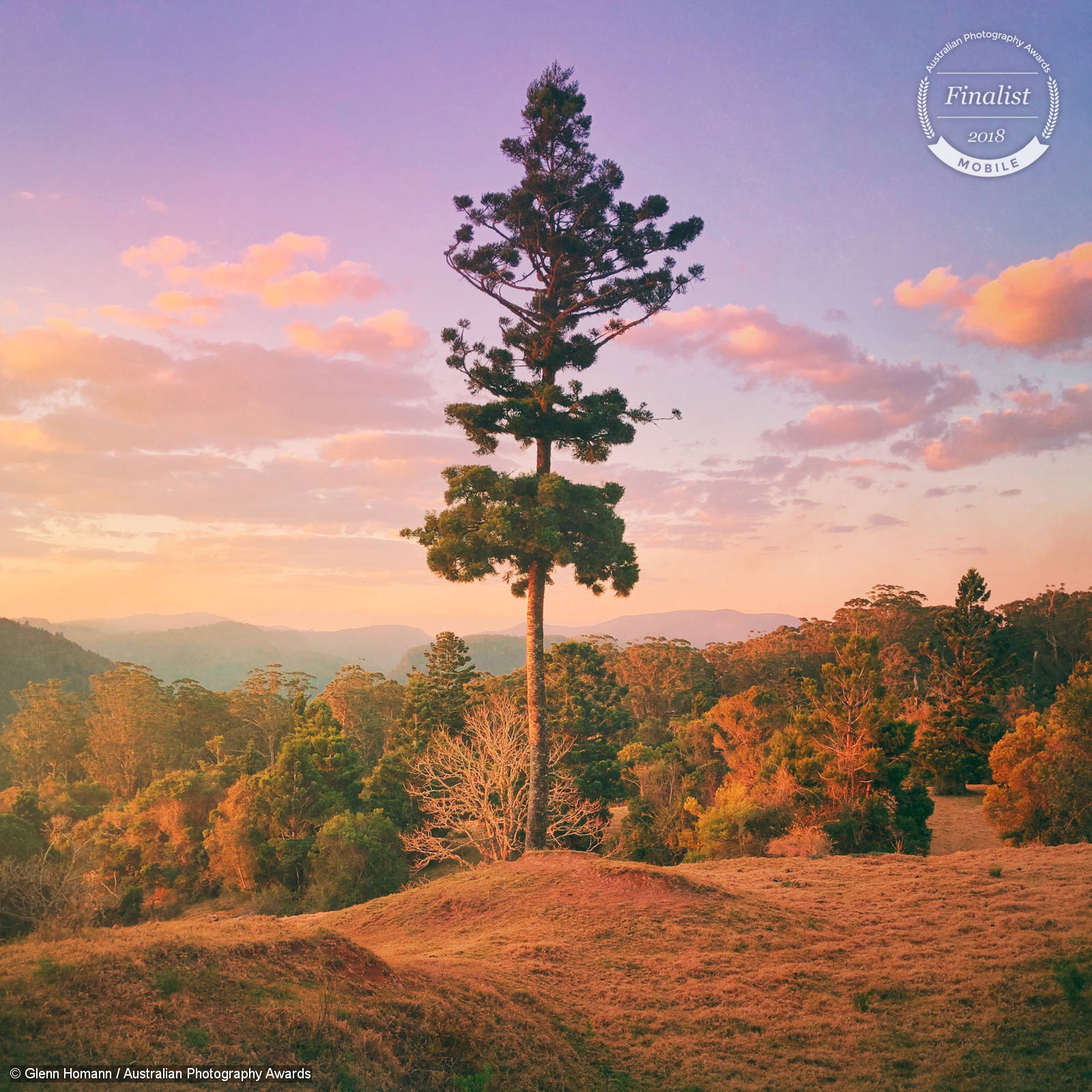This week we caught up with APA 2017 winner and 2018 finalist Glenn Homann. Check out the interview below to see how Glenn uses a mobile phone to create his stunning imagery.
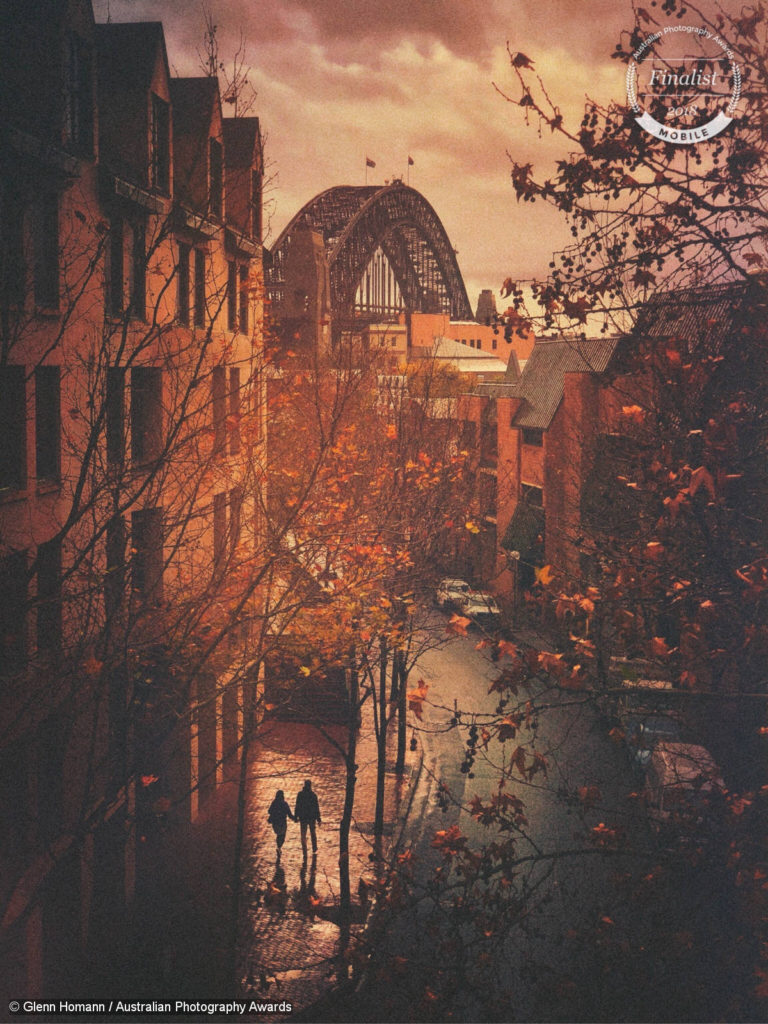
1. Hi Glenn, can you tell us a bit about yourself and what made you pursue photography?
My name is Glenn Homann, and I currently live in Ipswich, Australia. I am a very passionate Mobile Photographer, whilst holding down a full time job as a storeman in a local factory.
I’ve always been interested in design, be it architectural, graphic, industrial and the idea of simplicity and distillation. Photography to me, is a shorthand way of experimenting with these concepts. A camera can be pointed in any direction but at any given time there always seems to be something crying out to be photographed. I’m very interested and even compelled to use my mobile phone to find these “somethings”.
2. The accessibility and ingenuity of mobile phone photography enables us to be inventive and explore the limits of the mobile device. Do you feel this is true with you APA images?
I’d first waded into photography with the advent of the first digital “point and shoots” but it was the arrival of the first descent cameras on mobile phones (the iPhone 4 in my case) that allowed me to supercharge my exploration into the concepts mentioned above. Having my camera in my pocket meant unlimited opportunities to capture images, but also to learn about and work with the limitations of my device of choice. These often competing goals started to develop in tandem and the tension between them is behind some of my most interesting work. I sense the same is true for most mobile photographers as evidenced by the astounding work at the APA’s.
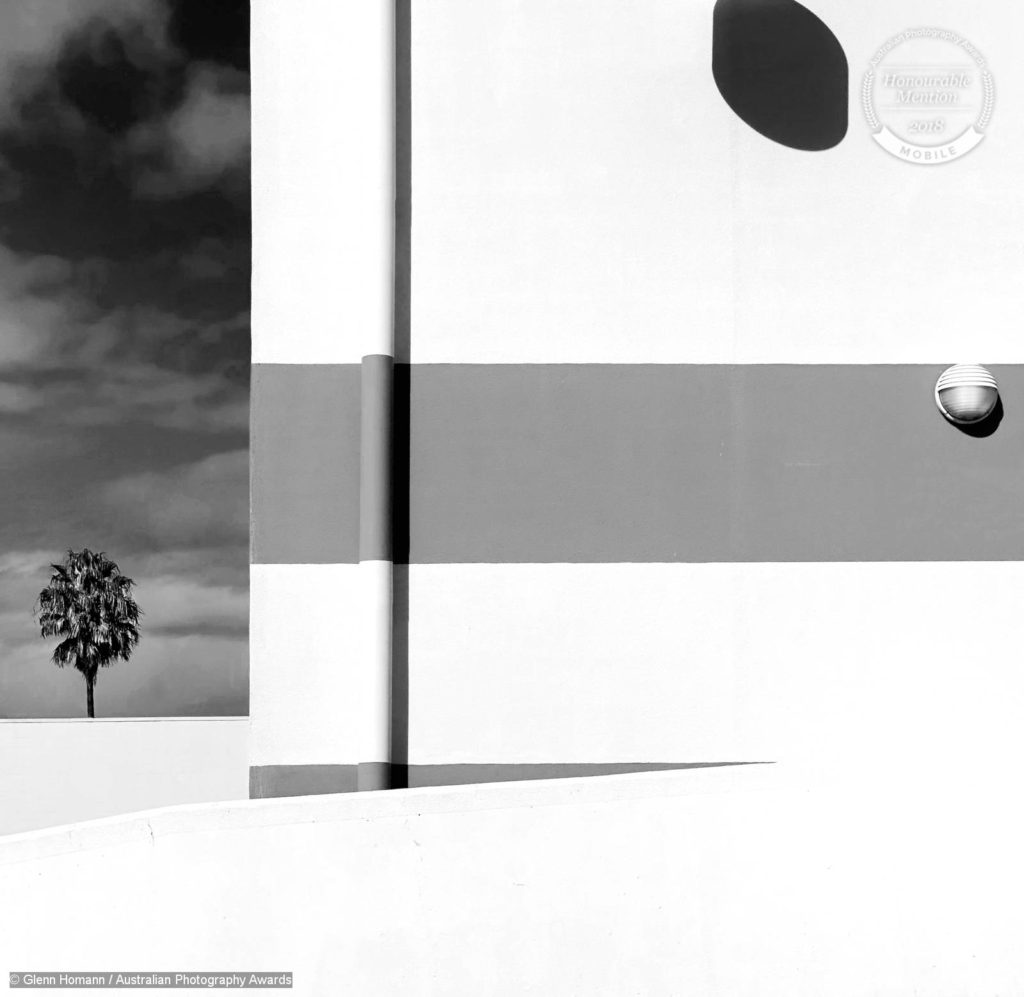
3. Your third-place image from 2018 has a strong narrative through the great use of composition. Can you explain the technical and creative decisions underpinning your work?
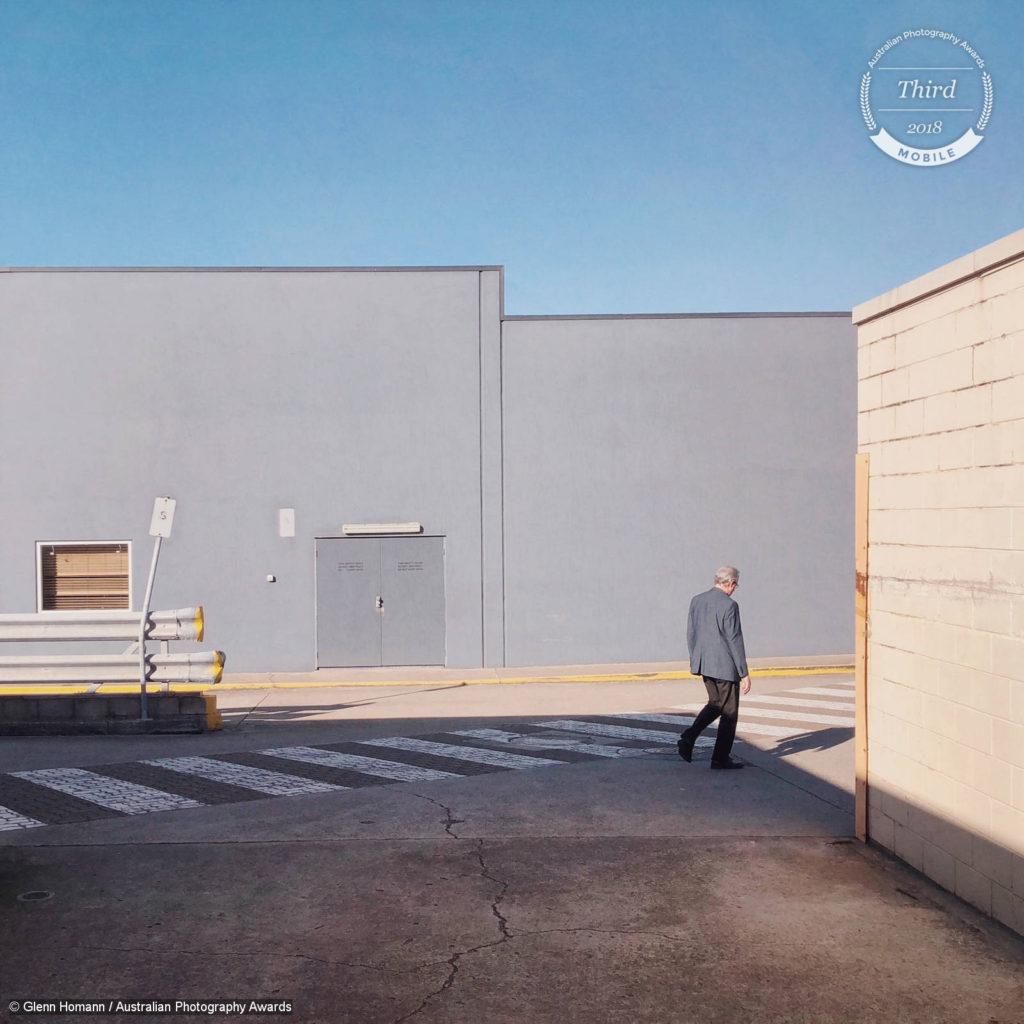
The interest in design that lead me to photography, revolves around simplicity and distillation. A great photo, like any great design etches itself into the memory. It may or may not be “simple” but it will seem “essential” in some way. My goal is to realise all that simplicity etched in my mind and put that in the frame. Ideally that will tick all of the boxes. Colour, harmony, lighting, mood and composition. On the other side of the coin, I always struggle with the fidelity of my mobile images. I am willing to accept and run with the limitations, but generally I’m happiest when the viewer struggles to tell if the image was captured on a phone.
4. Your winning image from 2017 depicts a stunning atmospheric and moody landscape. How did you achieve this result?
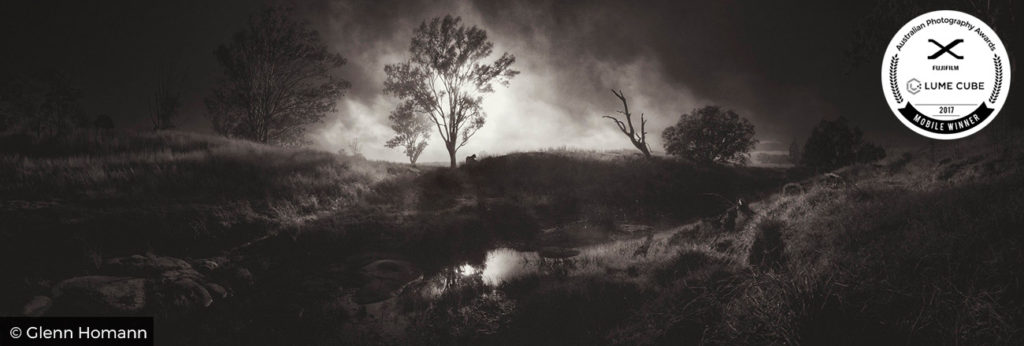
My winning image from 2017 is one of the best examples of when all the considerations I’ve been discussing came together and even surprised me. A bitterly cold morning was producing some whispy fog. I felt this was a chance to try some moody landscape work. With my daughter in the car I headed down to a very rural area not too far from home. Driving through a small gully, I happened upon the scene. For me, this was the decisive moment (or few minutes). I knew my phone could handle the scene. Controlling the exposure on panoramic images was now possible and essential here. I dialled it way down to capture the fog. Only a small amount of processing (on my mobile) was needed. I was delighted that I was at least able to attempt to recreate some of the stunning b/w landscape imagery that had inspired me on my photographic journey.
5. Photographer Leonard Misonne believed that “light glorifies everything…the object is nothing; light is everything.” Do you agree with this? Use one of your images to explain your answer.
I believe firmly that light is everything where photography is concerned. Just the other day I read a quote (probably from somebody famous) that rang true to me. It affirmed, essentially under natural lighting and all things being equal, that everything has that one moment during the day when its beauty is unsurpassed. For some things that might last a little longer. It implies that even the most boring, even “ugly” thing has a flickering, fleeting moment of radiant beauty. I am constantly reminded of this as I nonchalantly drive past scenes that have taken my breath away only a few hours earlier. (4th placed tree image 2018 is an example).
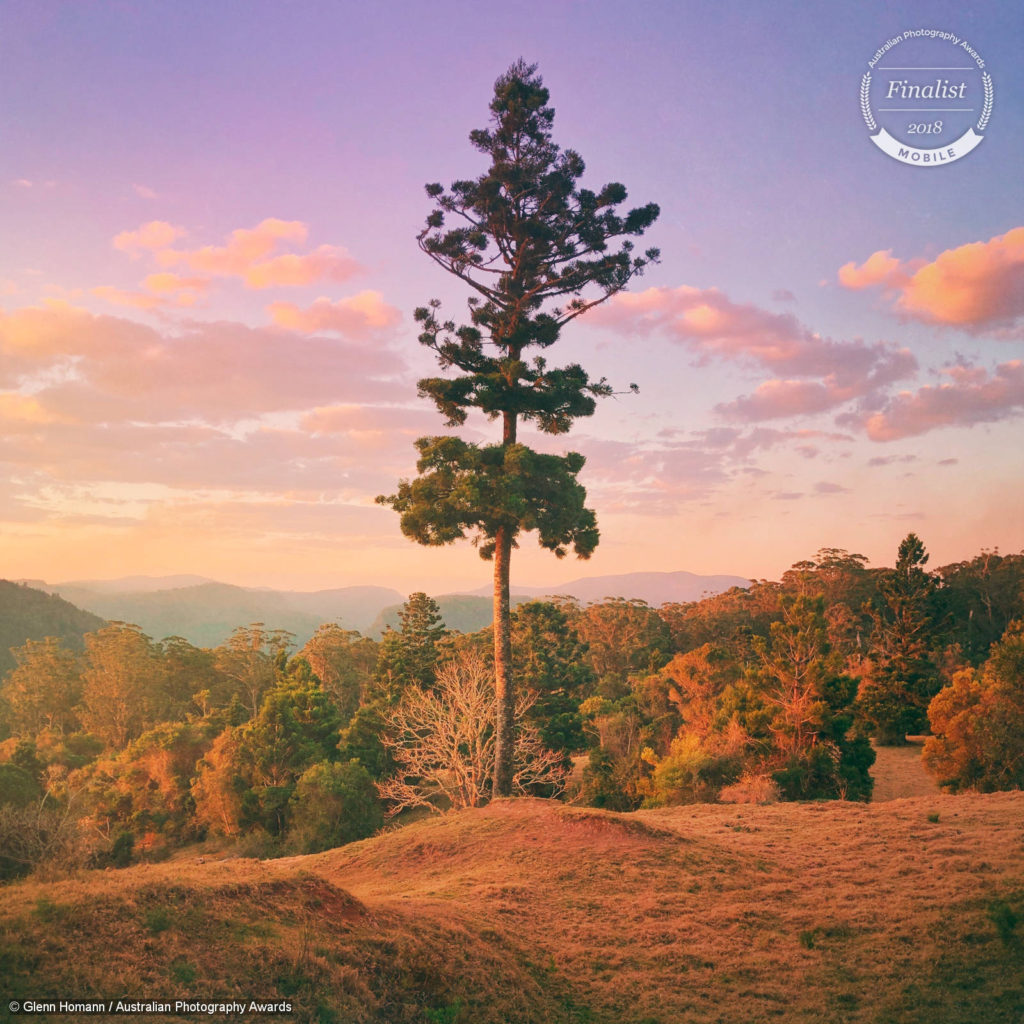
6. What do you love most about mobile photography?
I love that mobile photography has allowed me to take up the challenge of satisfying the creative urge inside, whilst allowing me to develop as a photographer. It is very easy to churn out images that are a little off track that might be considered creative, but great photography is, as I’ve discovered, a coming together of many, many elements. With a camera always there, I can be hyper vigilant in the search for these moments throughout the day. In fact, it helps me to feel as though I’m just starting out on a long journey and that there’s a good chance your best photo is the one you take tomorrow.
7. Out of your entries, which is your favourite and why?
Out of all my entries to the APAs, my favourite is still probably “Wintersong”. Although I’m very happy with some of my more minimal work, originating in the urban environment, I very much enjoy the challenges and beauty unique to the natural world. This image also served to remind me that (good) photos (generally) don’t happen by accident. Get out, move around and constantly change your perspective to find these moments. In short it was the coming together of all that I’ve mentioned above and to receive accolades from the judges at the APAs was an honour and a fantastic incentive to push harder and farther.

To see more of Glenn’s talented work head to –
Instagram – @blueboy70
Facebook – @glennhomann


